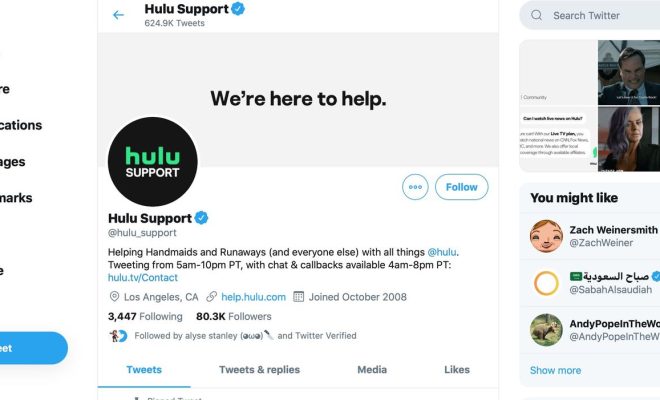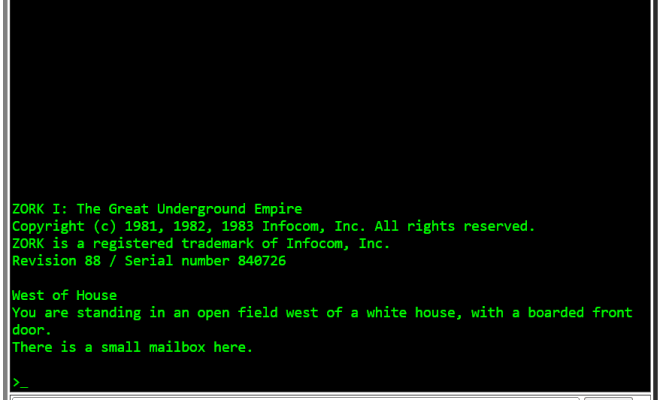Ways to Boost Digital Citizenship During Remote Learning

Remote learning is continuously being improved through things such as the flipped classroom approach and multiple tools such as virtual meeting rooms, screen-recording apps, learning management systems, and collaborative documents, and more! However, there is still one thing missing. Through it all, teachers are always searching for ways to boost the students’ digital citizenship during remote learning.
Ways to Boost Digital Citizenship in Your Classroom
1. Help your students become aware of and understand digital citizenship.
Digital citizenship has to do with every person’s obligation to use technology responsibly as they engage with society regardless of which level they are engaging on. Almost all of the concepts of good digital citizenship can be taught in a classroom, whereas all of the concepts of bad digital citizens (irresponsible social media usage, cyberbullying, ignoring internet safety practices) can be picked up anywhere.
A few examples of digital citizenship include: learning to use a mouse, type, and other computer skills; encouraging others and yourself to not disrespect digital property by illegally downloading content; and, avoiding hateful speech and harassment while in chatrooms, in groups online, or on social media.
2. Be a good digital citizen yourself.
There are several ways for teachers to engage in digital citizenship. For instance, be aware of which accounts your students use. Be aware of what data the companies that hold those accounts keep. Search out how those companies use the data that they collect on your students. Use safe online practices. Use a password manager to generate random passwords and store them for you.
3. Directly and indirectly, teach your students digital citizenship skills.
There are seven key concepts that you want to focus on if you’re going to teach your students digital citizenship. These are: empathy, the practice of digital wellness, how the internet works, how to secure digital devices, all about user data, all about the digital divide, and digital literacy.
4. Hold your students accountable to high expectations around digital citizenship.
There are several rules of digital citizenship. You want your expectations to at least cover these rules, if not, go over and above. The rules are: treat other internet users with respect; no stealing; only shop on secured sites; never offer personal information on social media. This includes addresses, phone numbers, and “check-ins”; don’t air your drama on social media; if it’s not true, helpful, inspiring, necessary, or kind, don’t say it; and treat others with courtesy. Never bully.
5. Create a culture of positive digital citizenship in which your students can become empowered to inspire and support one another.
How do you create a culture of positive digital citizenship? Simple! Push these five tips for good digital citizenship in your classroom! Always remember to follow the golden rule. It’s vital to keep all private information private. Always be thinking about the future. Keep your brand in mind. Always be true to yourself.
Conclusion
Regardless of which grade level you teach, you much boost digital citizenship during remote learning. The way your students interact with the digital curriculum, deal with cyberbullying and online harassment, digital leadership, and even whether they think before they post on social media is up to you. You are the example, and you are the one who has been dubbed responsible for teaching your students this important information. Take your job seriously, and have fun doing it!






